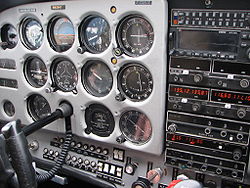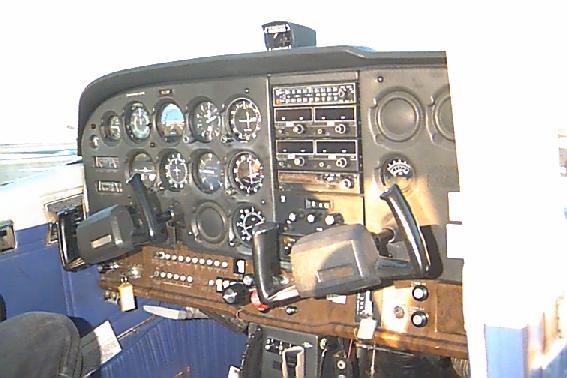N395V
Well Known Member
Just about any thread relative to Glass panels will usually contain a post or 2 about their being a safety issue. I must admit that long ago I felt the same. After several years of flying behind them now I am not so sure they are any less safe than the steam guages they replace. But how can we know for sure?
If they were unsafe it seems to me that there would ,by now, be evidence in the NTSB database. I made the assumption thet the most unsafe would be in the uncertified versions in experimentals and since Vans designs far and away represent the bulk of experimentals I further assumed that evaluation of the NTSB database relative to RVs would be representative.
I further decided that a true safety issue would result in a fatal accident and would most likely occur in IMC.
Review of all RV fatals in IMC from 1985-2005 revealed 11 fatal accidents none of which could be attributed to failure of either an EFIS or Steam guage.
Between 1983 and 2005 there were 102 fatals involving RVs in both VMC and IMC (these include the 11 mentioned above) Once again I could find no suggestion that the accidents had anything to do with a malfunctioning or failed EFIS or steam guage.
Does this tell us that Glass is at least as safe as steam guages or is my sample size too small or skewed.
How many of you out there have had a failure or malfunction of an EFIS or a steam guage that you felt put you in serious jeopardy?
If they were unsafe it seems to me that there would ,by now, be evidence in the NTSB database. I made the assumption thet the most unsafe would be in the uncertified versions in experimentals and since Vans designs far and away represent the bulk of experimentals I further assumed that evaluation of the NTSB database relative to RVs would be representative.
I further decided that a true safety issue would result in a fatal accident and would most likely occur in IMC.
Review of all RV fatals in IMC from 1985-2005 revealed 11 fatal accidents none of which could be attributed to failure of either an EFIS or Steam guage.
Between 1983 and 2005 there were 102 fatals involving RVs in both VMC and IMC (these include the 11 mentioned above) Once again I could find no suggestion that the accidents had anything to do with a malfunctioning or failed EFIS or steam guage.
Does this tell us that Glass is at least as safe as steam guages or is my sample size too small or skewed.
How many of you out there have had a failure or malfunction of an EFIS or a steam guage that you felt put you in serious jeopardy?







